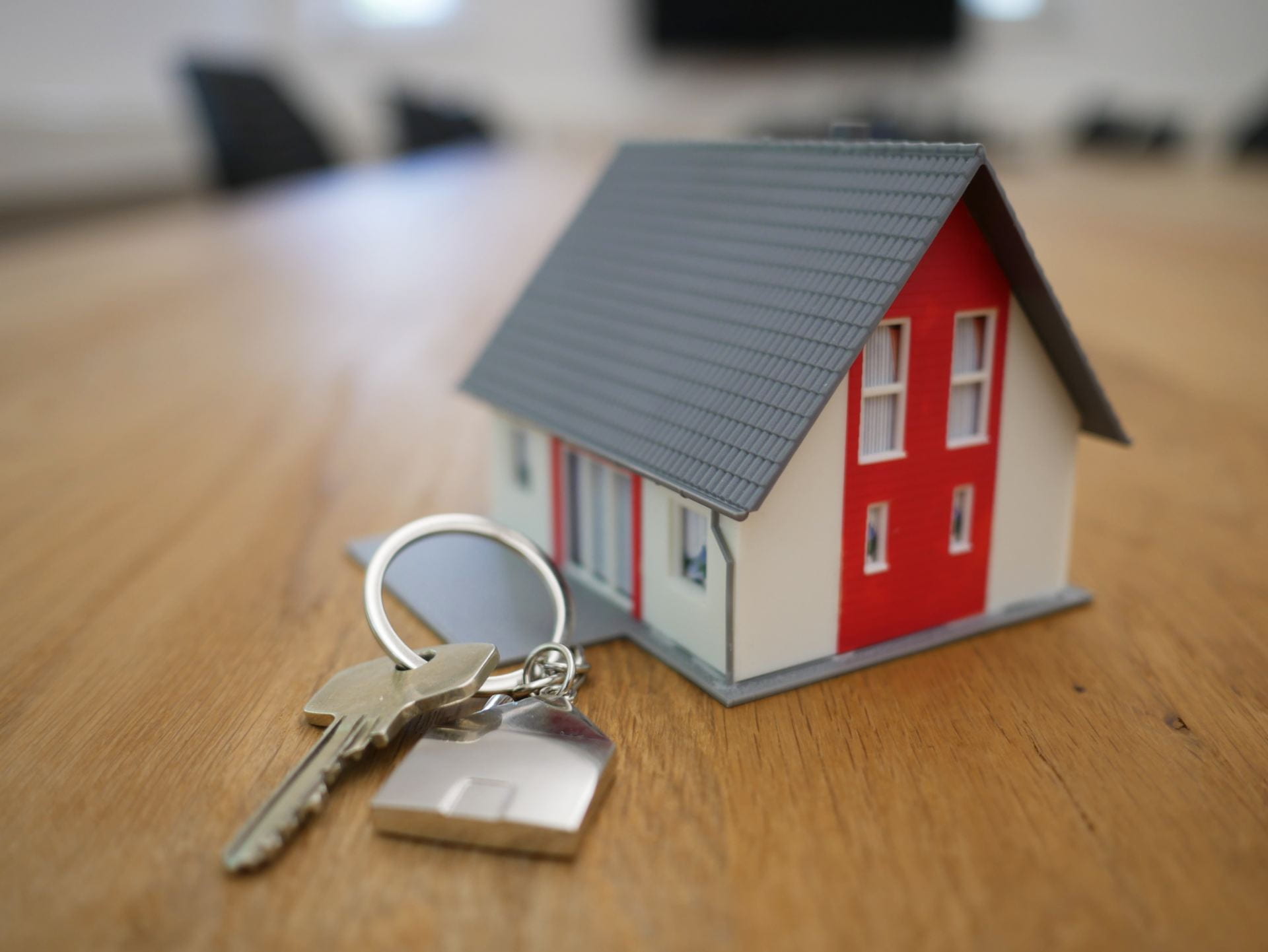REAL ESTATE & SUSTAINABILITY
Investing in Affordable Housing
A key function of real estate is to provide safe, reliable and affordable housing. It turns out that meeting this basic need for shelter for all people is a challenge. Knowing the risks and opportunities and creative solutions can empower real estate students and professionals to be a part of the solution.
According to the Pew Research Center, in late 2021 about half of Americans (49%) said the affordability of housing was a major problem where they live, an increase of 10 percentage points since early 2018.
The National Low Income Housing Coalition research suggests “only 36 affordable and available rental homes exist for every 100 extremely low-income renter households.”
NLICH goes on to say, “Extremely low-income renters face a shortage in every state and major metropolitan area.”
Video (4:55) – “Why is it so hard to escape poverty” (by TED-Ed). Explores how well-intended solutions–like for affordable housing–can reinforce problems and what might actually help.
What is Affordable Housing?
According to the US Department of Housing and Urban Development, affordable housing is defined as “housing on which the occupant is paying no more than 30 percent of gross income for housing costs, including utilities.”
Affordable housing is different from the various kinds of government supported housing and rental assistance programs like public housing and the Housing Choice Voucher Program (“Section 8”). With affordable housing, the occupant is paying with their own money and is building equity and ownership.
The graphic from the NLIHC’s Out of Reach Initiative shows the needed wage to afford a “modest apartment” in each state. To explore further, compare the hourly wage needed according to NLIHC’s research to the current minimum wage in that state (USA Facts) and the necessary living wage (MIT Living Wage Calculator).
Pathways to More Affordable Housing
The background of the current affordable housing crisis is worth understanding and it points to a number of possible solutions. The issue is complex and deeply embedded in well-worn practices and policies in zoning, financing, and construction. No one action will solve the problem.
However, there are policies and practices real estate students and professionals can learn more about, critically evaluate and experiment with in their communities.

Increase access to capital
Expanding access to affordable housing, according to a report by the Urban Institute, requires that, “capital be deployed effectively and that affordable housing developers have the capacity to deploy it.” They share three ways to unlock capital and allow it to flow to affordable housing opportunities:
-
- Reform the Low-Income Housing Tax Credit (LIHTC) program to make preserving units easier
- Reinvigorate or launch favorable financing programs to help share financial risks across the public and private sectors and acknowledge the benefits of environmentally and socially sustainable properties
- Support mission-based organizations with access to quick capital and capacity building for preserving unsubsidized affordable rental housing properties

Inclusionary zoning
According to the US HUD work on inclusionary zoning programs they can increase incentives for investors and real estate developers. These programs can be mandatory or voluntary and have different set-aside requirements, affordability levels, and control periods. Inclusionary zoning programs usually offer developers incentives, such as density bonuses, expedited approval, and fee waivers.
-
- New York’s inclusionary zoning program provides developers with density bonuses for building permanently affordable housing for low- and moderate-income families
- Chicago’s Affordable Requirements Ordinance requires buildings in the program meet certain criteria and have at least 10 percent of the units for lower-income households

Incentivize new construction and renovations of existing stock
Let’s face it, in many markets, we simply need more affordable homes. According to the Urban Institute, this can come from new construction and from upgrading financing to allow for renovations.
-
- For new construction of affordable housing, federal and state supports and subsidies can include better lending terms, tax benefits, and where it makes sense, eased regulatory requirements
- Many potential affordable homes are in need of repairs. However, current lending is against a property’s current value, which doesn’t provide enough capital to make necessary improvements. As a result, a potential affordable home may be lost to corporations who can afford to buy such properties in bulk and make the fixes. Upgrading lending practices to incentivize homeowners to acquire “fixer uppers” can help maintain the stock of available affordable homes.
Case Study in Affordable Housing: EcoDistricts
In our search for creative solutions to the affordable housing issue, we might look to innovations like EcoDistricts, a new way of reimagining real estate through sustainability and equity.
Since 2013, EcoDistricts has been promoting a new model of urban development to “empower just, sustainable, and resilient neighborhoods…[using a] collaborative, holistic, neighborhood-scale approach to community design to achieve rigorous, meaningful performance outcomes that matter to people and planet.”
Learn about more sustainability concepts within this major.

